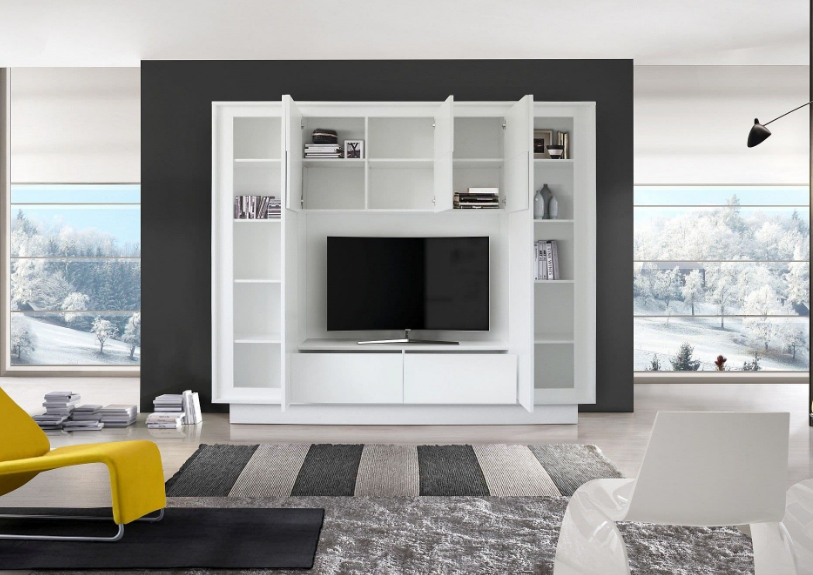Creating fashionable Home Furniture is an exciting process that calls for imagination, practicality, and meticulous attention to detail. We will explore the complex process of turning abstract concepts into observable, fashionable objects that improve our living environments in this post.
More than just useful components, stylish Home Furniture express individual preferences and styles. The need for well-designed furniture is only going to increase, so it’s critical for designers and aficionados to comprehend the process from idea to completion.
Comprehending Design Ideas
Understanding the foundational ideas of design is the first step in creating furniture. It’s not only about making items that are visually appealing; it’s also about making sure they effectively fulfil their intended function. The key to creating good furniture design is striking a balance between practicality and aesthetics.
Doing research and collecting ideas
Finding inspiration and conducting in-depth research are the first steps in the design process. To bring originality into their work, designers draw inspiration from a variety of sources, including art movements, the natural world, and contemporary trends. The tone for the entire design process is established at this stage.
Drawings and Preliminary Ideas
Designers use sketches to put their ideas on paper after they are inspired. These early ideas act as the furniture piece’s blueprint, enabling designers to see and hone their ideas before proceeding.
Digital Modelling
Digital prototypes are created from sketches in the modern design process, which heavily relies on technology. With the use of digital tools, designers may produce representations that are more exact and detailed, giving them a better idea of the finished result.
Material Choice
An essential part of the design process is selecting the appropriate materials. When choosing materials, designers take into account aspects like sustainability, durability, and aesthetics to make sure the final product balances well with the overall design.
Cooperation between Manufacturers and Artists
Designing furniture is a team endeavour that requires close collaboration with knowledgeable makers and artisans. This partnership guarantees the ability to create the intended piece with accuracy and skill.
Improvement and Repetition
Iterative design is carried out with ongoing revision in response to input. Peer and user feedback is valued by designers, who utilise it to improve the furniture’s design and fix any issues.
Examination and Quality Assurance
Designed furniture is put through a thorough testing process to ensure quality and functioning prior to being sold. It is crucial to make sure the items are up to the highest standards in order to ensure lifespan and client satisfaction.
Manufacturing and Production
The design moves into production after it has been completed and tested. To make the furniture a larger-scale reality, efficient production techniques are necessary.
Promotion and Identity
Beyond just good design, trendy home furnishings must also have strong branding and marketing. Developing a strong brand identification and emphasising the furniture’s distinctiveness are crucial components of this stage.
Consumer Input and Modification
After the launch, the engagement with customers continues. For designers, constant feedback is essential because it enables them to modify their designs in response to user experiences and preferences.
Trends for Chic Home Furnishings
In the ever-evolving field of furniture design, keeping up with emerging trends is essential. Timeless design principles and modern ideas are balanced by designers to produce things that are durable.
Obstacles in the Process of Design
There will always be difficulties in furniture design, notwithstanding its creative nature. Whether it’s unexpected technological problems or financial limitations, designers need to overcome challenges head-on and creatively.
Conclusion
In conclusion, creating fashionable house furniture requires a thorough and deliberate procedure from conception to completion. To ensure that the finished product not only meets but surpasses expectations, every step is essential.
Q&As
How much time does it usually take to create fashionable furniture for the home?
The time span varies, but from conception to manufacturing, it can take several months on average.
Why is the choice of materials in the design process so important?
The furniture’s overall appearance, sustainability, and durability are all impacted by the material choice.
How do designers keep abreast of the most recent developments in furniture design?
To keep up to date, designers frequently participate in cooperative networks, monitor design journals, and attend industry events.
Is it true that furniture designs are modified with the input of customers in mind?
Certainly. Many designers actively seek out and incorporate customer input into their iterative processes because they know how valuable it is.
What difficulties do furniture designers frequently run into when creating their designs?
Budgetary restrictions and unforeseen technological problems are just two examples of challenges that call for flexibility and problem-solving abilities.


